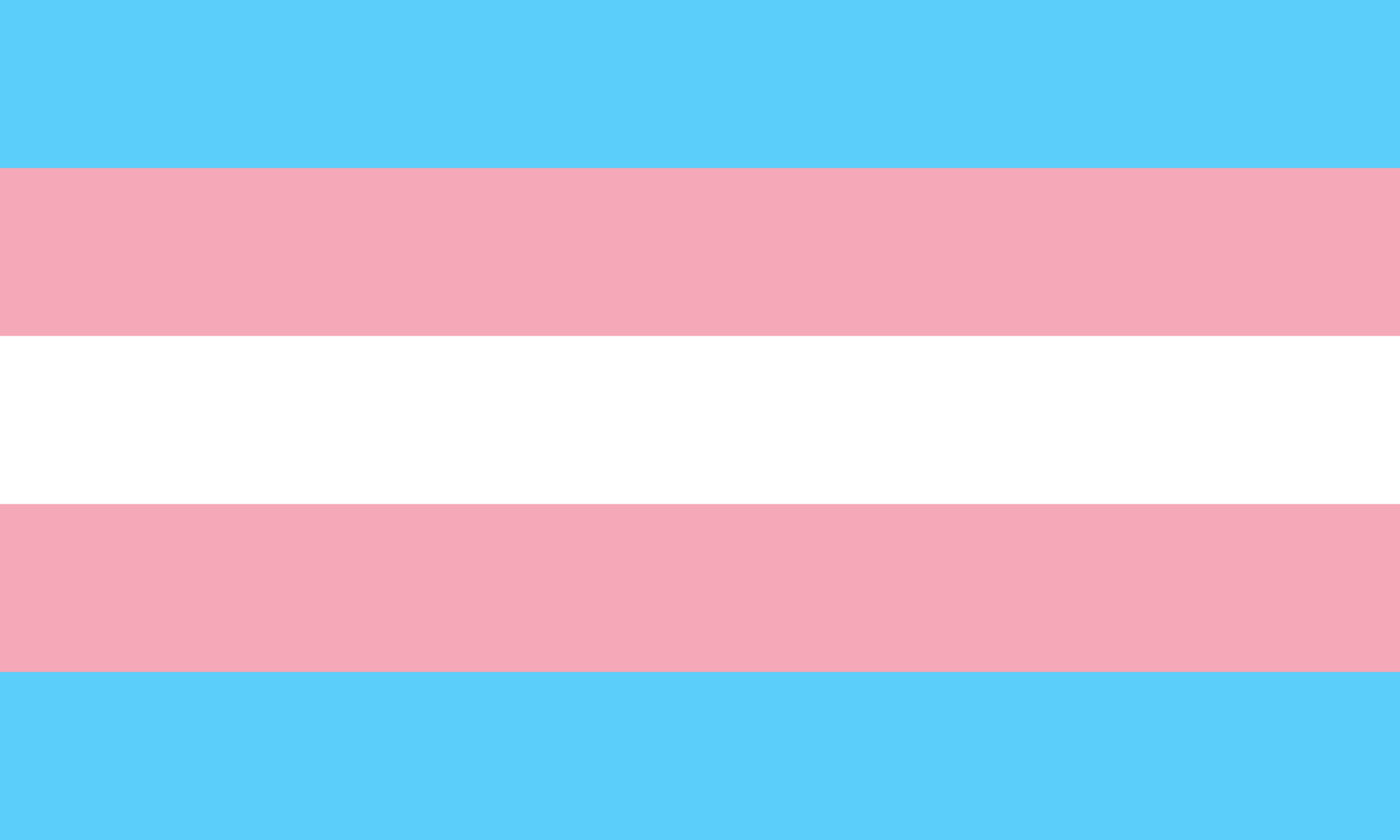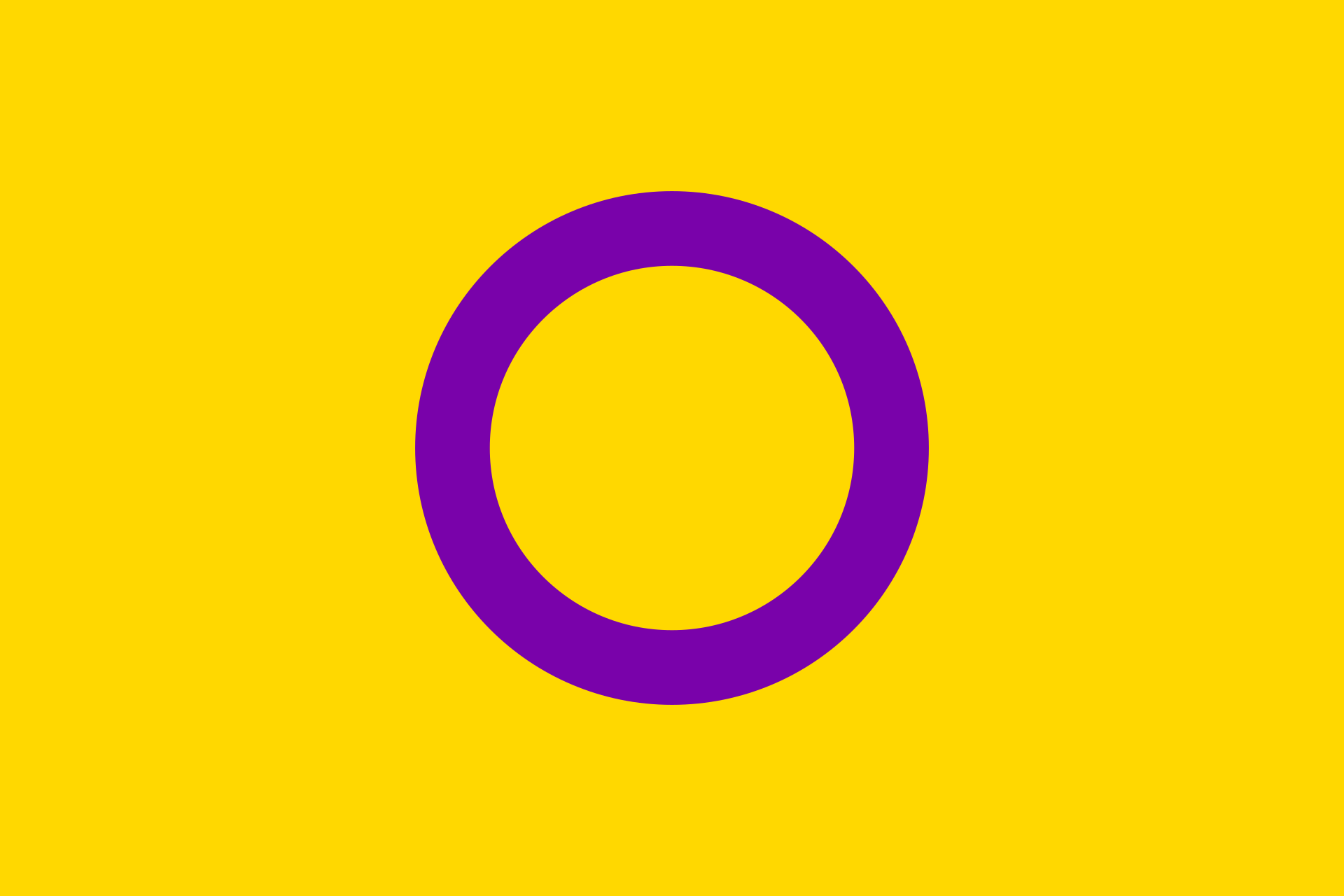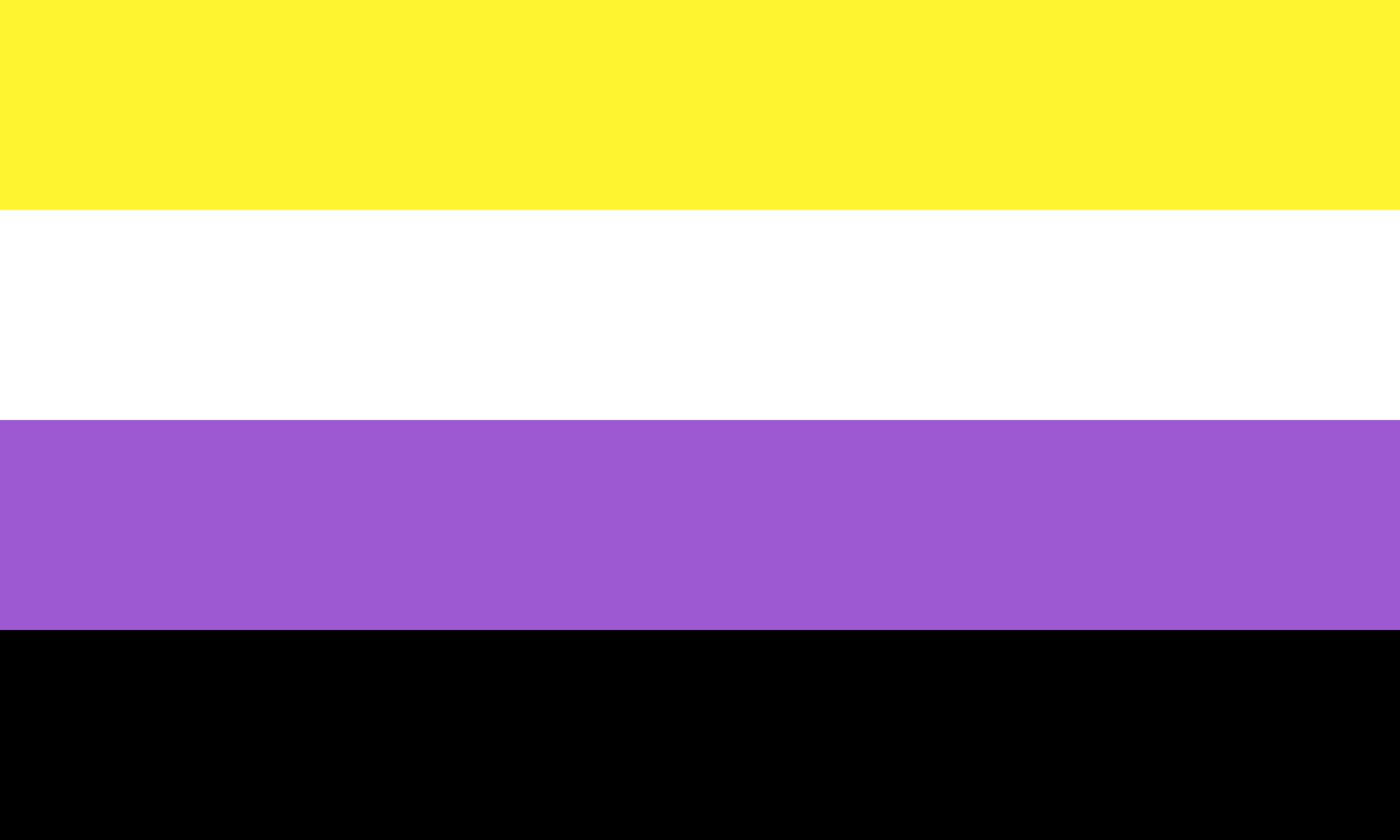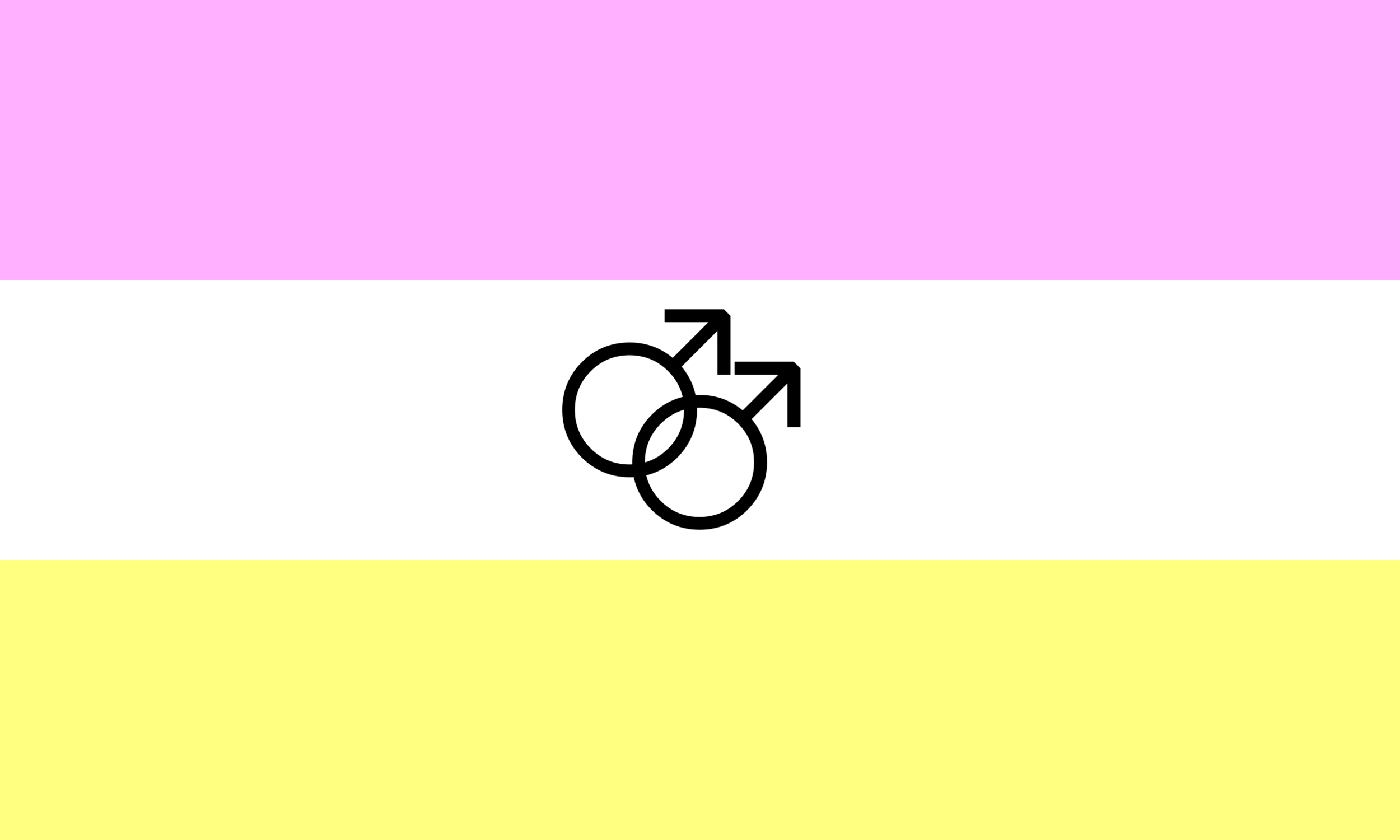IFS for Sexual and Gender Diversity
Sexual and Gender identity and expression are at the heart of physical and mental wellbeing. The journey to discover and accept our way of living sexuality and gender is unique to each individual.
Many people consider gender and sexuality to be almost the same thing, and this is sign of a heteronormative society in which we make the following assumptions
that a person with a male body
likes to dress up like a man
considers themselves a man
adheres to the behaviour men have
is attracted to women
wants to have a monogamous relationship
that a person with a female body
likes to dress up like a woman
considers themselves a woman
adheres to the behaviour women have
is attracted to men
wants to have a monogamous relationship
We are classified based on the body we have, and each time we do not tick any of these boxes, we are vulnerable to shame, discrimination, bullying, but also legal prosecution, harm and abuse in certain parts of the world.
These areas are rarely explored by psychotherapy and counselling training and all different brands of psychotherapies (with the exception of Gestalt Psychotherapy) were founded by white heterosexual men. It is crucial that a therapist has extensive training and has developed enough knowledge of how these issues affect mental health.
Here are my articles on gender and sexuality
The 3 reasons that make IFS Therapy a good match for the LGBTQI* community
Discover what burdens we carry due to gender norms from an IFS perspective.
Learn what to look for in a psychotherapist when you want to bring your polyamory to your sessions. IFS (Internal Family Systems) could be a good model for you.
Learn more about gender and gender fluidity.
We make such heavy usage of dating apps that it makes sense to think of how they contribute to our mental health. Are these apps, and the labels we use on them, making the LGBT+ community closer or are they making us feel more separated and distant?

























This article looks at gender and sexual identity formation through the lens of IFS, and introduces the model of the Star of Self.